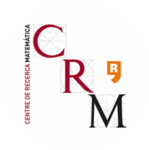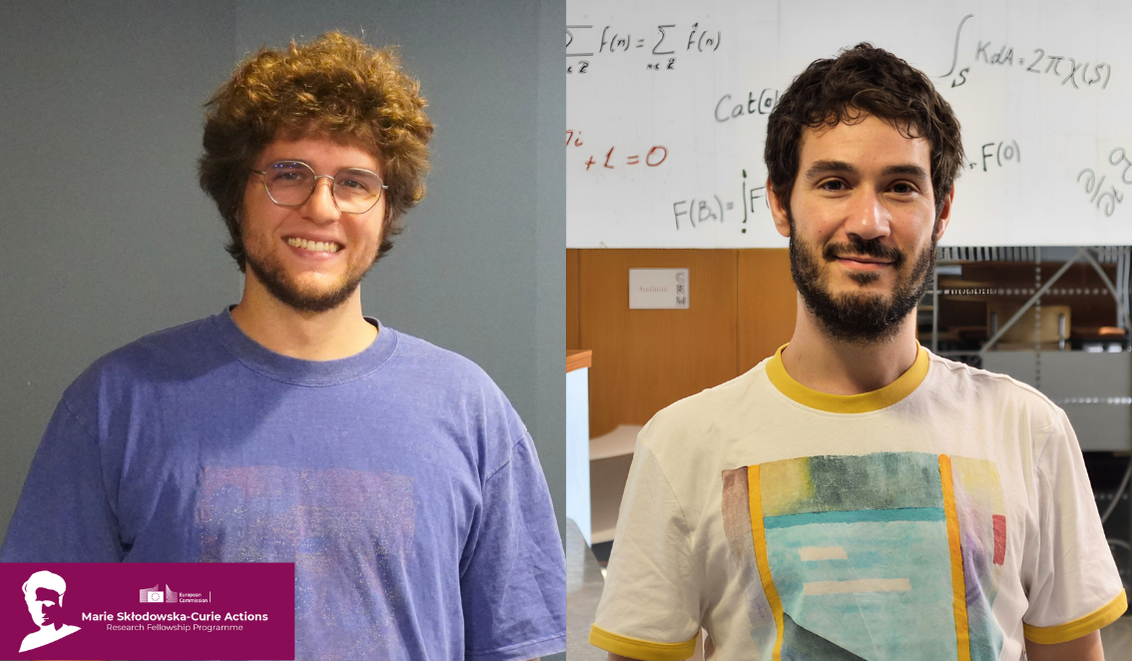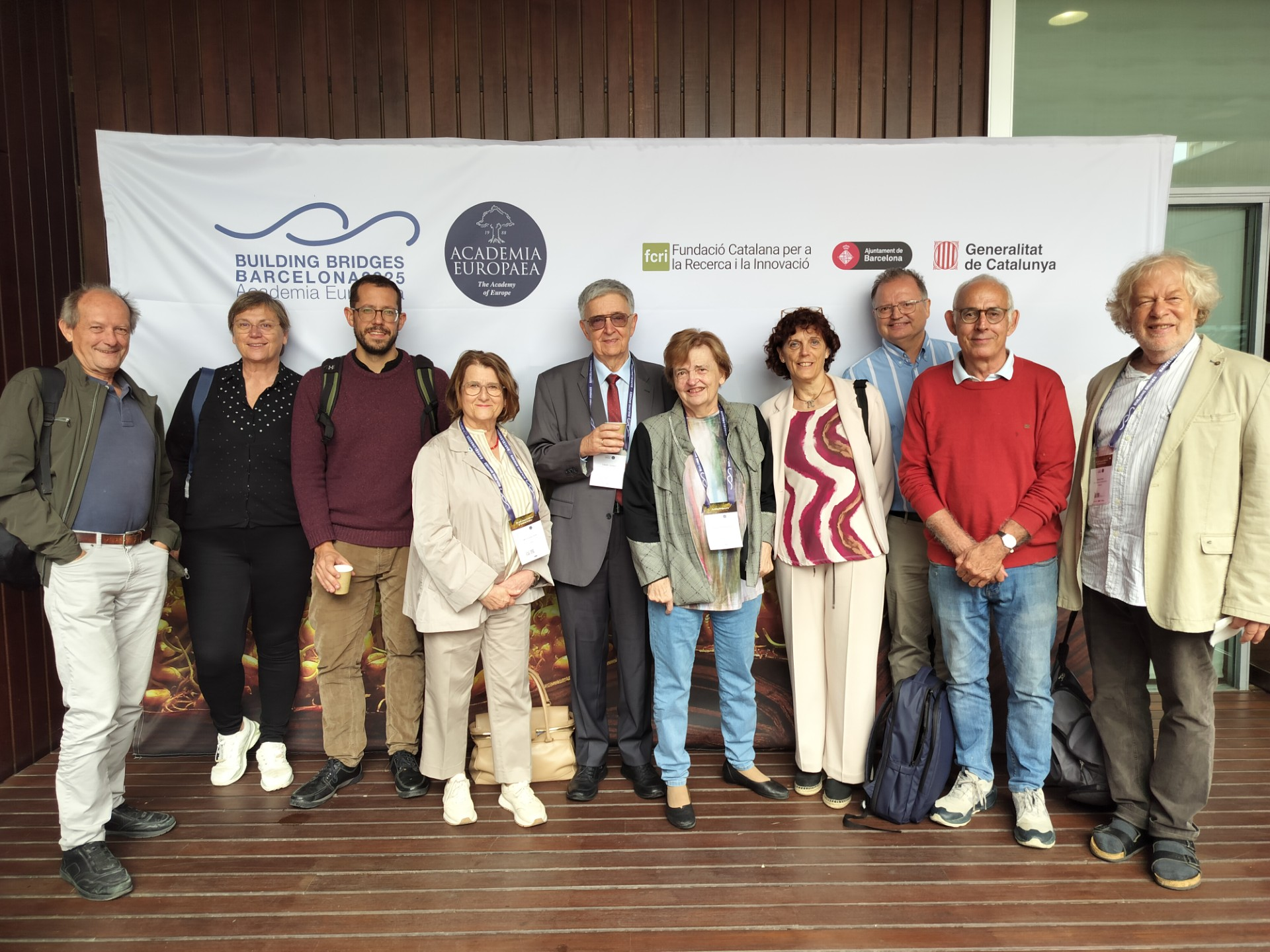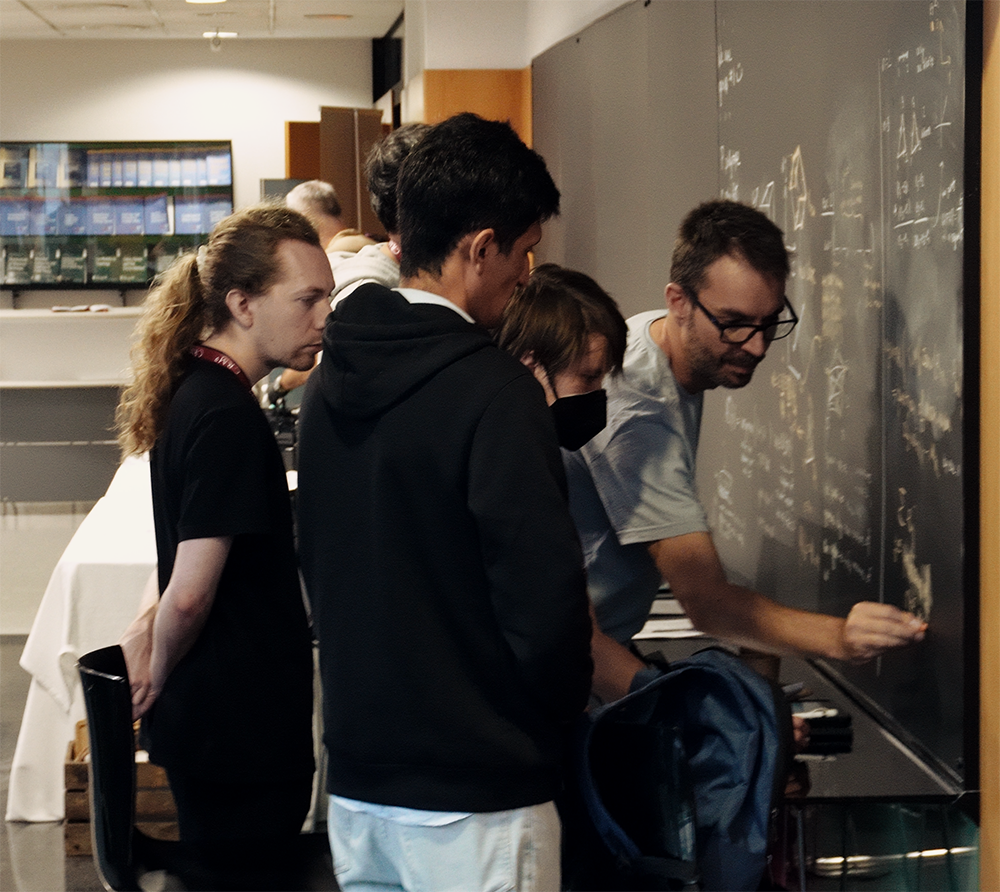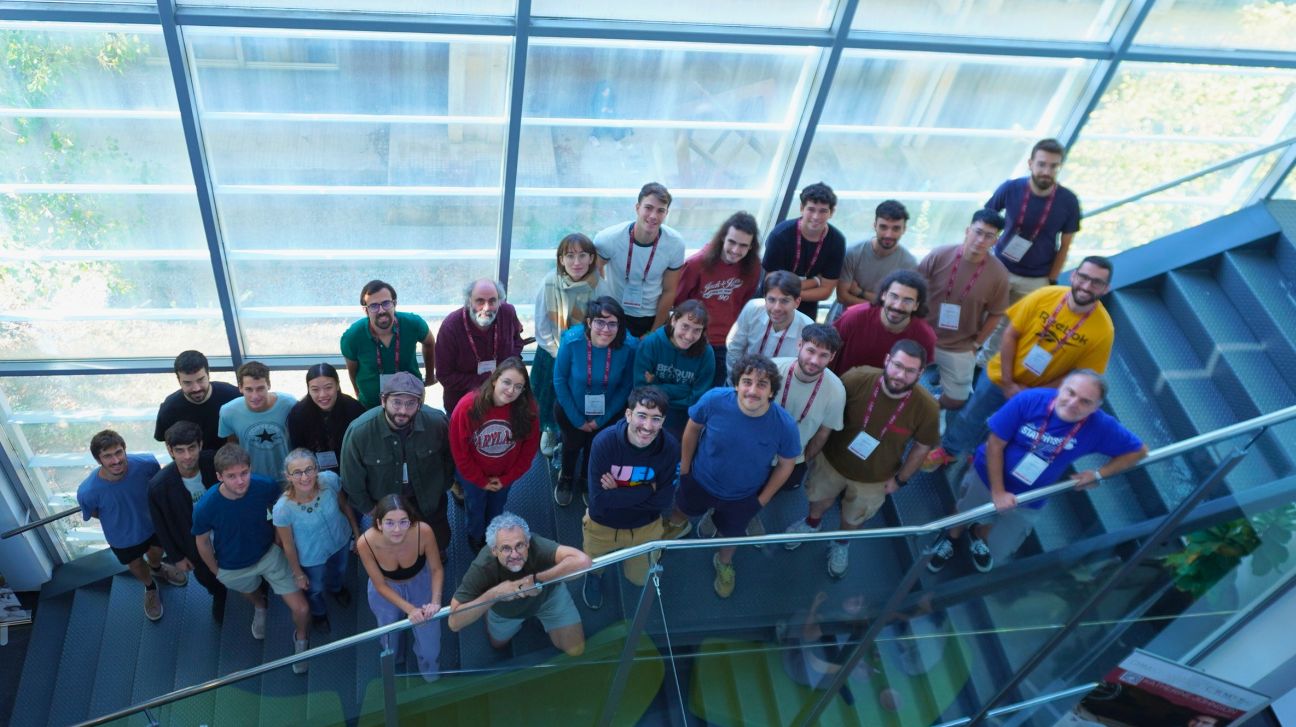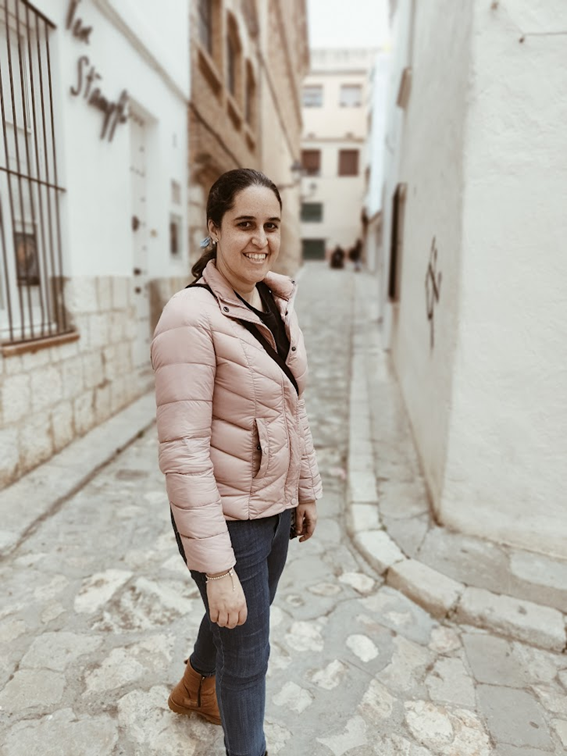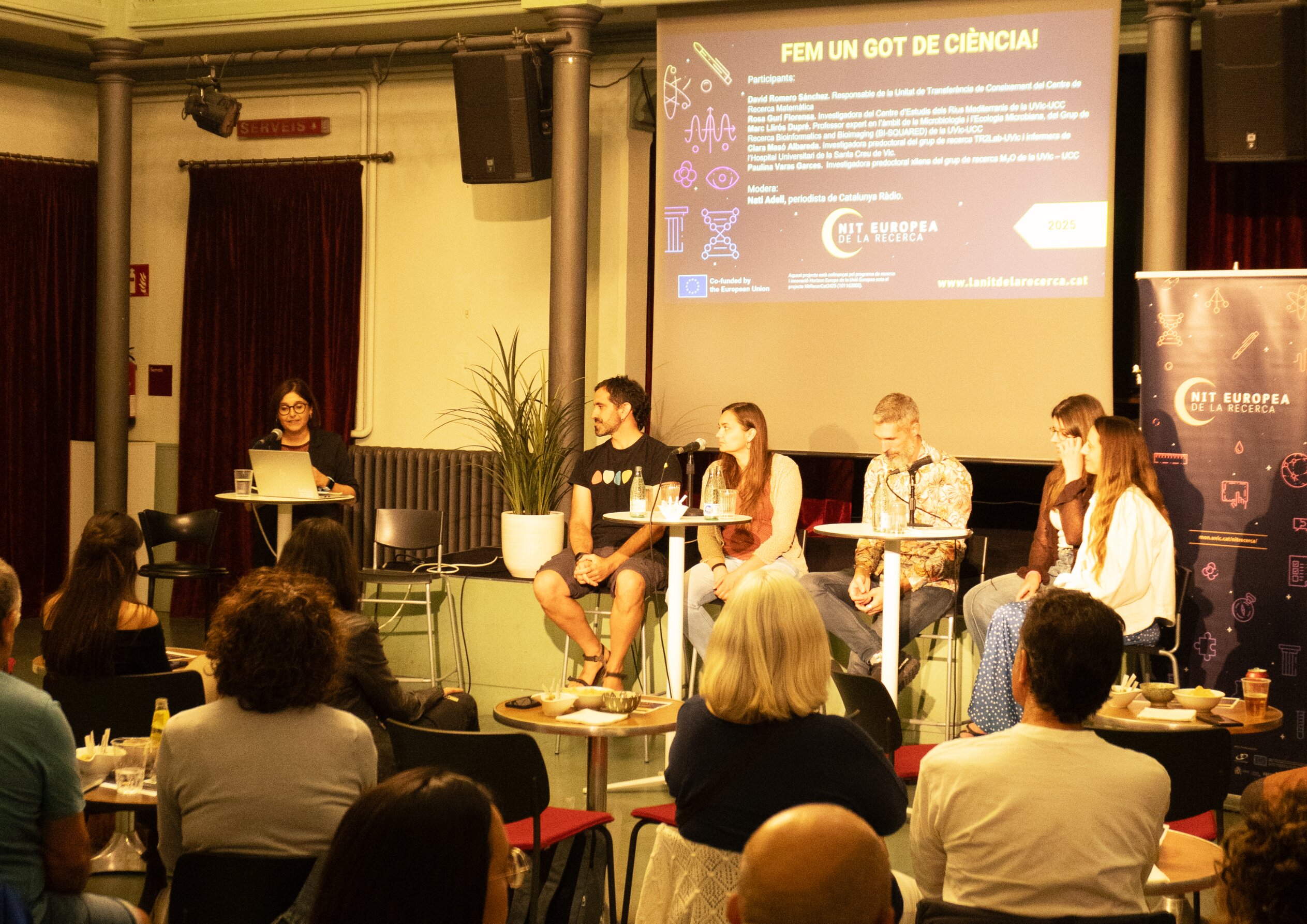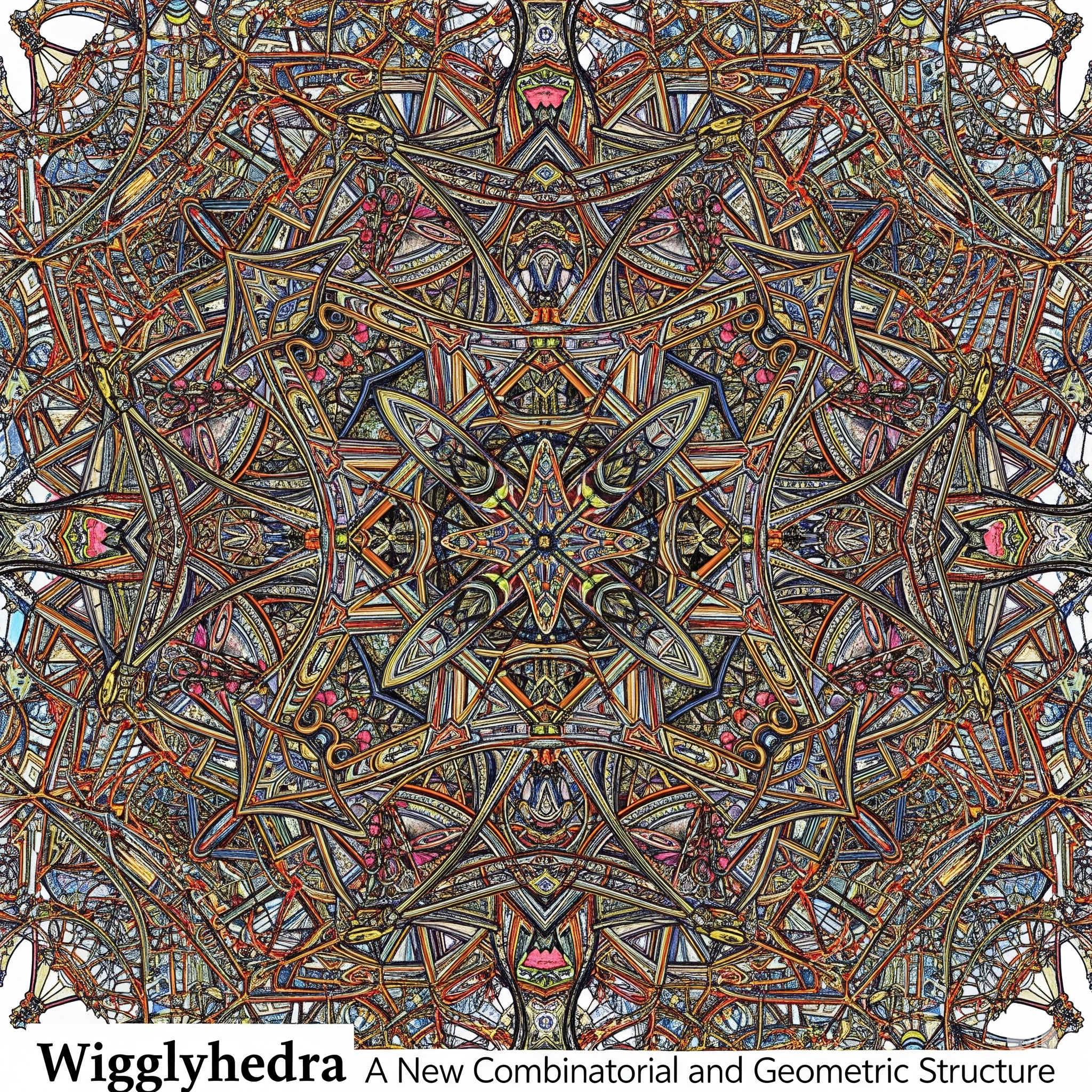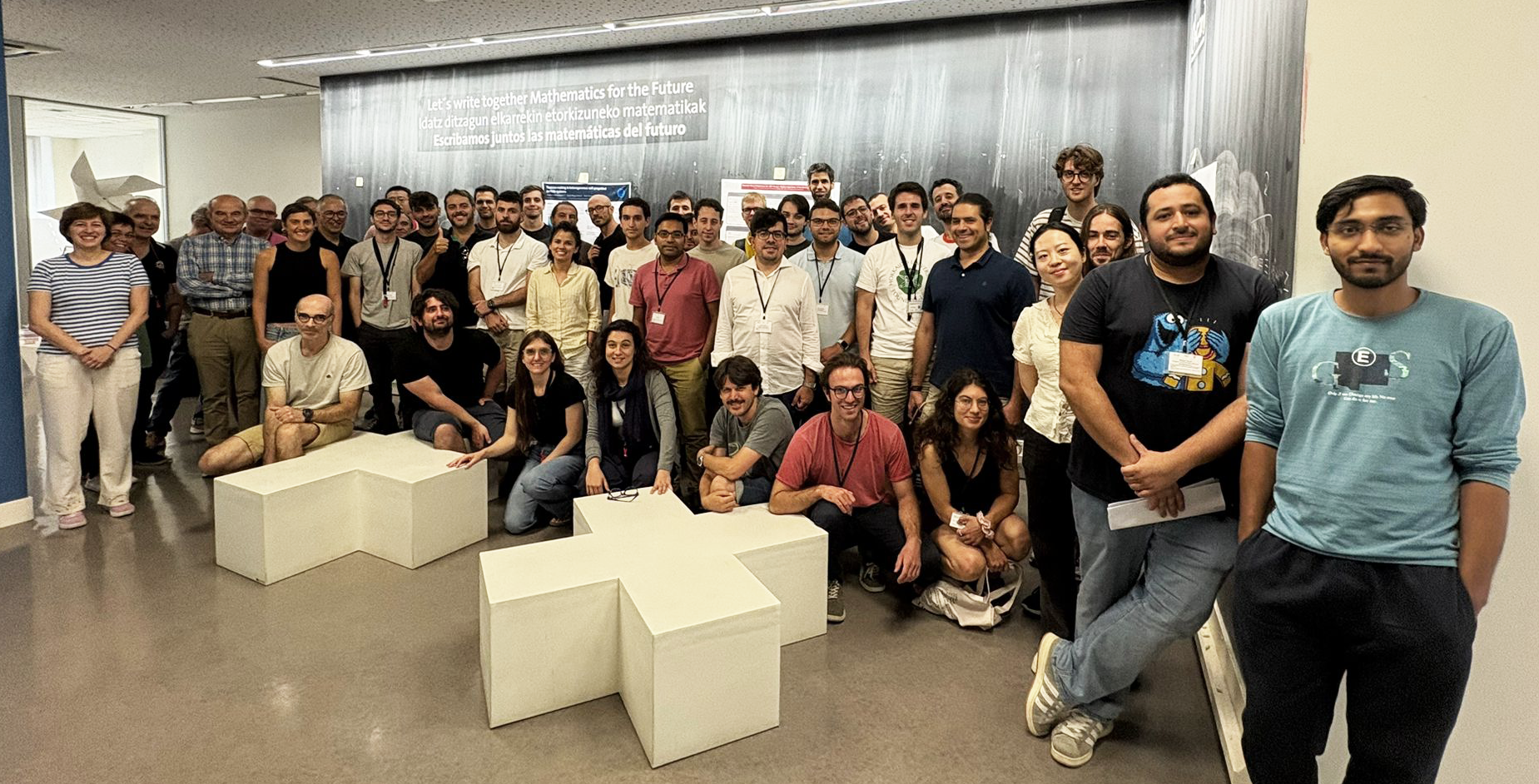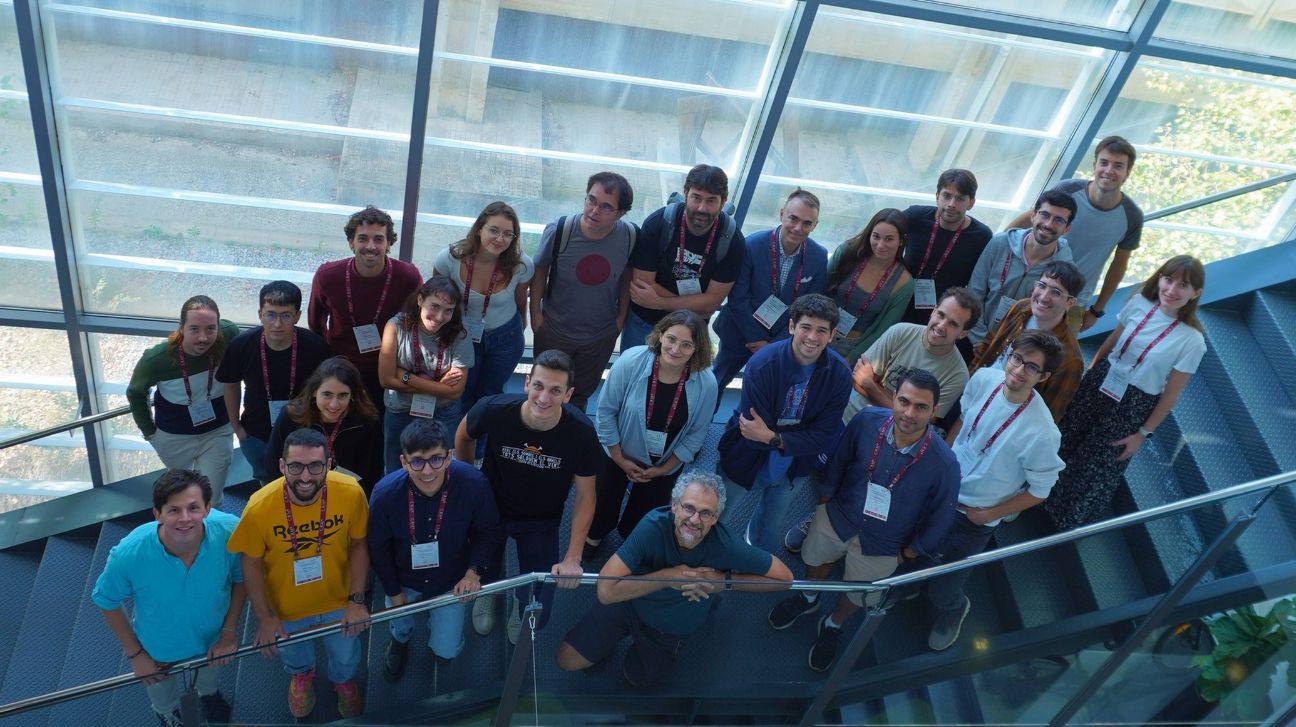
If there’s such a thing as a natural habitat for complexity, it’s definitely a room full of scientists arguing about it. From September 29 to October 3, 2025, the auditorium of the Centre de Recerca Matemàtica (CRM) became exactly that for the first Summer School of the Complex Systems Society (CS3): a living laboratory of ideas, all trying to decode how the world organises itself into chaos, and chaos into order.

This was the inaugural edition of what is set to become a biennial tradition of the Complex Systems Society Spain (CS³), the Spanish Chapter of the Complex Systems Society, founded to connect and strengthen the country’s growing community of researchers in complex systems. CS³ promotes collaboration across disciplines, from physics and biology to economics and the social sciences, through meetings, workshops, and schools that bridge theory and application. For five days, the CRM transformed into a miniature ecosystem of its own with biologists, physicists, economists, and mathematicians orbiting a shared set of questions: How do systems grow, adapt, and eventually break down?
For five days, the CRM became a miniature ecosystem of its own; biologists, physicists, economists, and mathematicians orbiting a shared set of questions: How do systems grow, adapt, and eventually break down?
Invited lecturers included Bernat Corominas-Murtra (Graz University), who led a journey through embryonic development, a dance of feedback, mechanics, and stochastic magic that somehow yields a creature instead of chaos, and Gasper Tkačik (ISTA), who shifted the conversation to optimisation; the idea that genes, neurons, and ecosystems might all be nature’s way of solving problems with mathematical precision.
Antonio Turiel (CSIC) brought the tone down to the planetary scale and to Earth’s thermodynamic limits. His course on energy, entropy, and collapse was a sober reminder that no system, not even the global economy, escapes the second law. And finally, Karoline Wiesner (University of Potsdam) closed the circle, tracing the philosophical and computational foundations of complexity science; from randomness to emergence, from theory to the social sphere.
Afternoons brought a different rhythm: contributed talks and posters that spilt from the lecture hall into corridors and coffee lines. Among the invited talks, Guim Aguadé-Gorgorió compared tumours to ecosystems, David Moriña revealed the hidden mathematics of gender-based violence, and Jacobo Aguirre stretched the discussion to the stars, tracing how molecular complexity might arise in interstellar clouds. Even the pharmaceutical world joined in, with Núria Folguera-Blasco (AstraZeneca) showing how mathematical models guide drug development. Marta Sales-Pardo (URV) closed the loop, reminding everyone that even in science, our assumptions are often the most invisible variables.

All in all, forty-seven participants from more than ten countries and over thirty institutions took part in the school; ten invited speakers, dozens of perspectives, and countless ideas exchanged over the course of five intense days.
Subscribe for more CRM News
|
|
CRM CommPau Varela
|
Critical Slowing Down in Genetic Systems: The Impact of Bifurcation Proximity and Noise
An international collaboration including researchers from the Centre de Recerca Matemàtica (CRM) has shown that when several bifurcations occur close to one another, their interaction can dramatically amplify critical slowing down effect - the progressive slowdown of...
Two CRM researchers begin their Marie Skłodowska-Curie fellowships
Gustavo Ferreira and Tássio Naia, CRM postdoctoral researchers and new Marie Skłodowska-Curie fellows. Gustavo Ferreira and Tássio Naia, who joined the CRM in 2023 through the María de Maeztu programme, have started their Marie Skłodowska-Curie postdoctoral...
Matroid Week at CRM: A Collaborative Dive into Combinatorial Geometries
From October 13 to 17, 2025, the CRM hosted Matroid Week, a research school on combinatorial geometries and matroid theory. Courses by Laura Anderson and Geoff Whittle explored intersection properties and structural emergence in matroids. The event fostered deep...
László Lovász receives the 2025 Erasmus Medal in Barcelona
Mathematician László Lovász received the 2025 Erasmus Medal from the Academia Europaea yesterday at the PRBB in Barcelona, where he delivered the lecture “The Beauty of Mathematics”. Renowned for his work in graph theory and discrete mathematics, Lovász has shaped...
Combinatorial Geometry Takes Shape at the CRM
For one week in early October, the Centre de Recerca Matemàtica became a meeting ground for the world of combinatorial geometry. The Polytope Week research school gathered more than fifty participants from three continents to study the interplay...
Learning the Language of Complexity: XIII GEFENOL Summer School Highlights
From October 6–10, 2025, the Centre de Recerca Matemàtica hosted the XIII GEFENOL-DIFENSC Summer School, bringing together young researchers and leading experts to explore the role of statistical physics in understanding complex systems. The program featured courses...
Jezabel Curbelo receives the 2025 National Research Award for Young Researchers in Mathematics and ICT
Full professor at the Universitat Politècnica de Catalunya and researcher at the Centre de Recerca Matemàtica, Jezabel Curbelo has been honored with the 2025 National Research Award for Young Researchers in the María Andresa Casamayor category (Mathematics and ICT)....
Tim Myers represents ECMI at the ICIAM Board Meeting and promotes industrial mathematics in Vietnam
ICIAM Board and VIASM Members during a breakVietnam hosted the ICIAM Board Meeting and Workshop this September at the Vietnam Institute for Advanced Study in Mathematics (VIASM), gathering 70 delegates from five continents. CRM researcher Tim Myers attended as the...
Why Your Brain Is Never Still: Representational Drift and Statistical Learning
A paper recently published in Current Opinion in Neurobiology by Jens-Bastian Eppler, Matthias Kaschube, and Simon Rumpel shows that...
El CRM porta les matemàtiques a la Nit Europea de la Recerca: de l’asfalt als fractals i al futbol
La Nit Europea de la Recerca va portar a Barcelona, l’Hospitalet i Vic tres investigadors del CRM que van mostrar la diversitat i la vitalitat de la recerca matemàtica. A la Casa Golferichs, Leticia Pardo (UB-CRM) va introduir el públic en el món dels fractals,...
Wigglyhedra: A New Combinatorial and Geometric Structure
In the article "Wigglyhedra", researchers Asilata Bapat (Australian National University) and Vincent Pilaud (Universitat de Barcelona – Centre de Recerca Matemàtica) introduce the wiggly complex, a novel combinatorial and geometric structure, along with its associated...
CRM at the Bilbao–Barcelona Analysis and PDE Meeting
From September 3 to 5, 2025, the Basque Center for Applied Mathematics (BCAM) hosted the Bilbao–Barcelona Analysis and PDE Meeting. For three days, researchers from both cities met face to face, joined by colleagues from other institutions, to...

